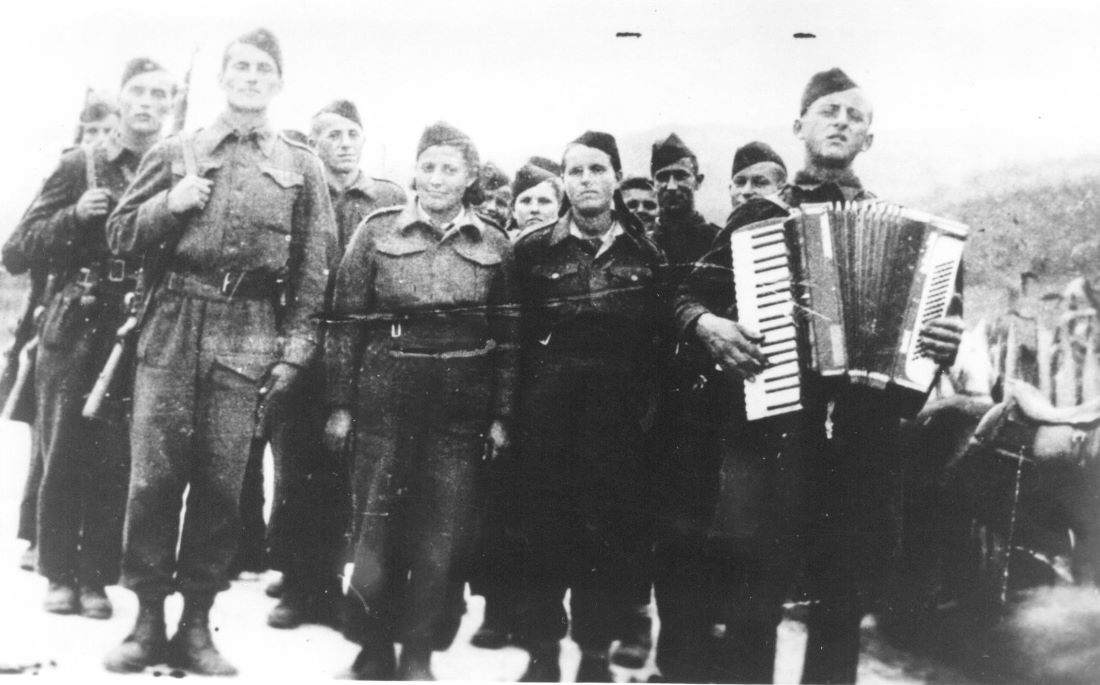Partisans, during World War II, emerged as formidable forces engaging in irregular, often guerrilla warfare against the occupying powers. These partisans, mainly composed of civilians and at times disillusioned soldiers, skillfully employed hit-and-run tactics, ambushes, and acts of sabotage to challenge and obstruct the dominating occupying armies. Deep within enemy territories, partisans capitalized on their intimate local knowledge and the stealthy support of civilian communities. Driven often by ideology, partisans not only stood as pivotal components in the resistance against Axis occupation in Europe but also significantly influenced the post-war political trajectories of many nations. As clandestine armies, the indelible mark of the partisans stretched beyond mere military confrontations.
The Yugoslav Partisans
The Yugoslav Partisans, formally known as the National Liberation Army and Partisan Detachments of Yugoslavia, were founded in 1941, shortly after the Axis invasion and subsequent disintegration of the Kingdom of Yugoslavia. Led by Josip Broz Tito, a communist revolutionary, the Partisans rapidly grew into a formidable guerrilla force, drawing support from a wide spectrum of ethnic and social groups within Yugoslavia. Their initial operations were primarily sabotage missions and small-scale engagements against Axis occupation forces and rival resistance factions.
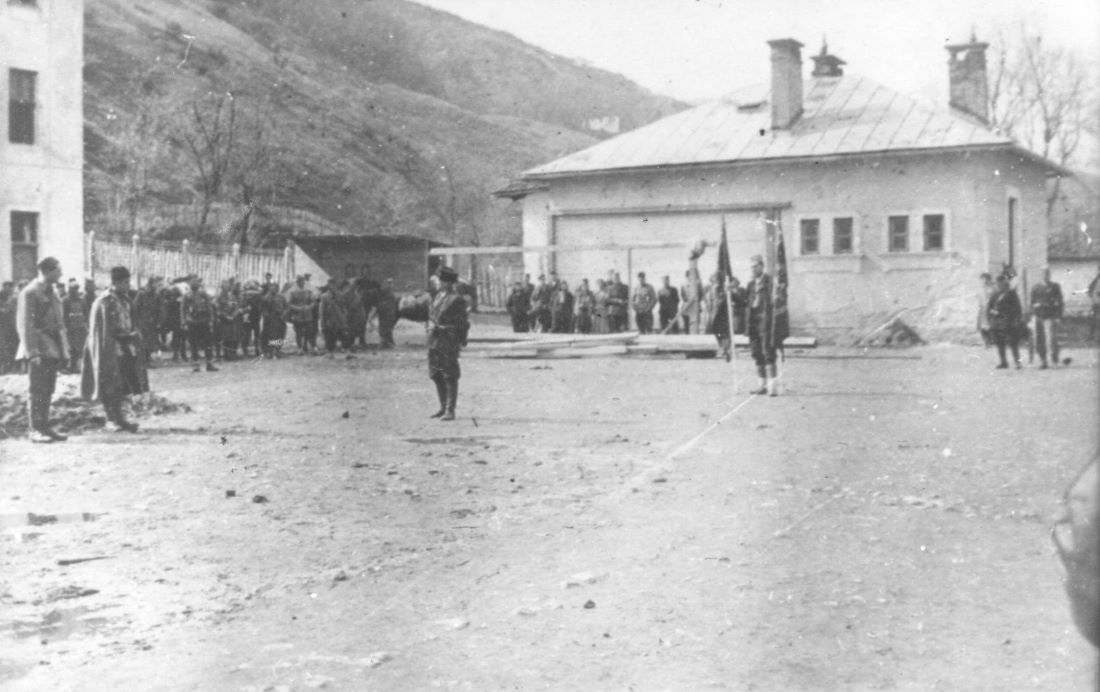
Their effectiveness and adaptability on the battlefield led them to be recognized by the Allies as the primary liberation movement in Yugoslavia by 1943. With the support of local populations and a committed core of fighters, they successfully liberated vast territories, culminating in the total expulsion of Axis forces by 1945. This was achieved through a combination of guerrilla warfare, conventional battles, and strategic alliances.
Post-war, the success of the Partisans not only ensured the liberation of Yugoslavia but also played a pivotal role in determining the nation’s political future. The Partisans transformed from a guerrilla movement into the Yugoslav People’s Army, the regular armed forces of the new socialist Federal People’s Republic of Yugoslavia, with Tito as its leader. Their legacy continued to shape Yugoslav politics and society for decades.
The Soviet Partisans
Emerging during the early stages of the Nazi invasion in 1941, the Soviet Partisans were an irregular resistance movement against the German occupation of the western parts of the Soviet Union. Initially composed of Red Army remnants and civilians trapped behind enemy lines, the partisan movement was coordinated and supported, to an extent, by the Soviet government, though many groups operated independently, spurred on by patriotism and a desire for revenge against the invaders.
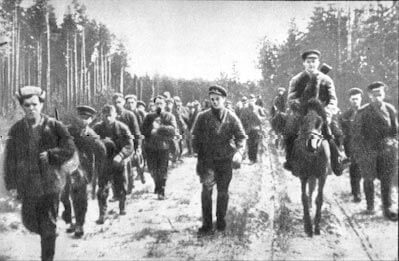
Throughout the war, the partisans waged a relentless guerrilla campaign against German supply lines, communication hubs, and garrisons, causing significant disruption. Their actions ranged from hit-and-run ambushes to more prolonged and organized offensives. By 1943, with the tide of the war turning, their numbers swelled, bolstered by paratroopers, weapons, and supplies dropped behind enemy lines by the Red Army. The partisans were instrumental in the liberation of Belarus and parts of Ukraine, gathering intelligence and keeping significant German forces tied down.
By the war’s end, the Soviet Partisans were hailed as heroes of the Great Patriotic War (as World War II is known in Russia). Their resilience and effectiveness underlined the broader Soviet narrative of enduring sacrifice and ultimate victory. Post-war, many former partisans were integrated into the Soviet military and political hierarchy, securing their place in the annals of Soviet history.
The Polish Home Army (Armia Krajowa)
The Polish Home Army, known as “Armia Krajowa” (AK) in Polish, was the dominant resistance movement in Nazi-occupied Poland during World War II. Established in 1942 as an amalgamation of several underground factions, the AK operated under the auspices of the Polish government-in-exile based in London. It became a symbol of national unity and defiance in the face of both German and Soviet occupiers.
Endowed with a broad cross-section of Polish society, the AK carried out a variety of operations, from intelligence-gathering and sabotage to larger-scale operations. The most notable of these was the Warsaw Uprising in 1944, a daring yet tragically unsuccessful attempt to liberate Warsaw from German occupation before the arrival of Soviet forces. While the uprising demonstrated the AK’s capabilities and determination, it also led to devastating losses and the near destruction of Warsaw by German retaliation.
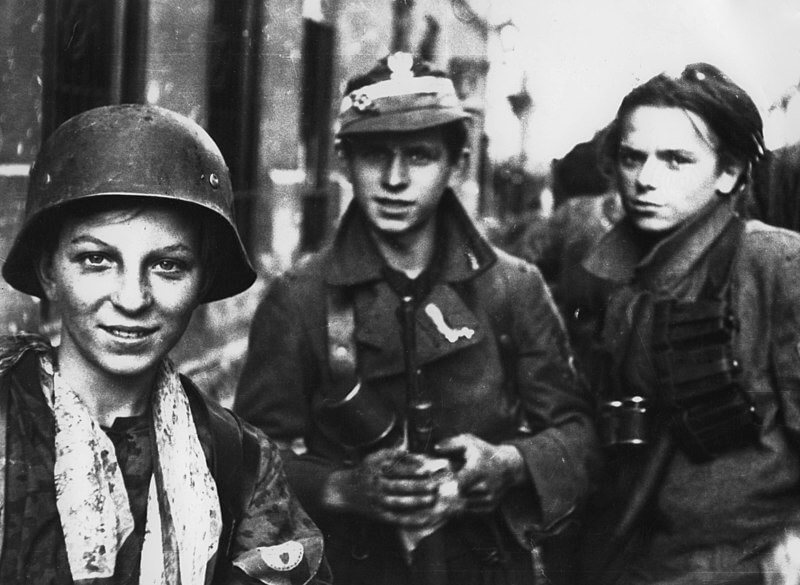
The post-war fate of the AK was less triumphant. With the imposition of a Soviet-backed communist regime in Poland after the war, the AK’s staunchly nationalist and anti-communist stance made them a target for persecution. Many of its members were arrested, tried, and imprisoned, while the official narrative marginalized their contribution to the war effort. Despite this, the legacy of the Polish Home Army persisted, and today they are revered as national heroes, symbols of Poland’s enduring spirit of resistance.
The Italian Partisans (Resistenza)
The Italian Partisans, often referred to as the “Resistenza,” were a collective of resistance groups that emerged during World War II in opposition to both Mussolini’s fascist regime and the German occupation following Italy’s armistice with the Allies in 1943. Comprising of various political affiliations – from communists to monarchists – these groups unified under a common goal: to expel foreign occupation and establish a democratic Italy.

Operating primarily in the mountainous regions of northern and central Italy, these guerrilla fighters carried out sabotage, ambushes, and hit-and-run attacks against German and Fascist Italian forces. One of their most celebrated actions was the capture and subsequent execution of Benito Mussolini in 1945, marking a symbolic end to Fascist rule in Italy. Their relentless resistance was instrumental in weakening the occupiers and hastening the liberation of Northern Italy by Allied forces.
After the war, the legacy of the Resistenza had a profound impact on the Italian political landscape. Their efforts were instrumental in ensuring Italy’s transition from a monarchy to a republic in 1946. However, like many resistance movements of the era, the narrative of the Resistenza became politically charged during the Cold War, with various factions highlighting or downplaying the contributions of different partisan groups. Regardless of these divisions, the bravery and sacrifices of the Italian Partisans have remained an indelible part of Italy’s modern national identity.
The French Resistance
The French Resistance became an emblematic symbol of national pride and defiance against Nazi occupation during World War II. Born in the shadows after the fall of France in 1940, the Resistance was a diverse collection of groups, spanning political ideologies, regions, and backgrounds, all united against the German occupiers and the collaborationist Vichy regime.
Throughout the occupation, the French Resistance was instrumental in gathering intelligence for the Allies, sabotaging German logistics and operations, and aiding downed Allied airmen. Their guerrilla tactics, combined with acts of civil disobedience, played a vital role in disrupting German plans, especially in the lead-up to the pivotal Normandy invasion in 1944. It was during this period that the Resistance intensified its operations, sabotaging railways, attacking German convoys, and providing the Allies with crucial intelligence.
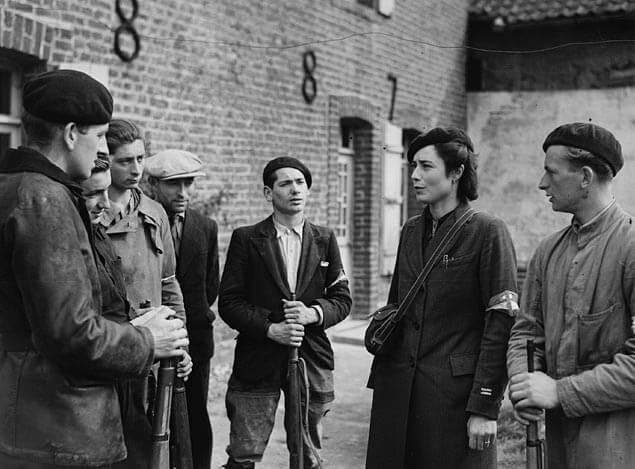
After the liberation of Paris in August 1944, the importance of the Resistance’s role became fully acknowledged. However, post-war France grappled with the legacy of collaboration and resistance, leading to divisive narratives about the true nature and impact of the Resistance. Over time, a more nuanced understanding emerged, recognizing the contributions of countless brave individuals who risked everything for their nation’s freedom. Today, the French Resistance stands as a testament to the resilience and spirit of the French people during one of their darkest hours.
The Greek Partisans (notably EAM-ELAS)
Amidst the harsh occupation of Greece by Axis powers during World War II, the Greek Partisans emerged as a beacon of resistance and defiance. The most prominent of these resistance groups was the National Liberation Front (EAM) and its military wing, the National Popular Liberation Army (ELAS). Founded in 1941, primarily under communist leadership, EAM-ELAS swiftly grew into the largest and most influential resistance movement in Greece.

Operating primarily in the mountainous regions of Greece, EAM-ELAS waged a relentless guerrilla campaign against German, Italian, and Bulgarian occupation forces. Their activities ranged from sabotaging communication lines and transportation networks to direct engagements with enemy forces. Beyond military actions, EAM also established a parallel government in areas they controlled, implementing reforms and providing services to the local populace.
However, the end of the war did not bring tranquility for Greece or the partisans. The nation swiftly descended into a civil war from 1946 to 1949, pitting the communist-backed forces, including many former EAM-ELAS fighters, against the Greek government supported by Britain and later the U.S. The legacy of EAM-ELAS and the Greek Partisan movement is multifaceted. While they’re celebrated for their undeniable courage and resilience against foreign occupiers, the subsequent civil strife muddled their narrative. Today, they’re remembered as key figures in Greece’s World War II narrative, representing both national unity against oppression and the complexities of post-war politics.
The Norwegian Resistance
The Norwegian Resistance played a pivotal role during World War II following the rapid occupation of Norway by Nazi Germany in April 1940. As the nation found itself under German control, a myriad of clandestine resistance groups emerged, determined to fight both the occupiers and the collaborationist government led by Vidkun Quisling, whose very name became synonymous with treason.
Operating in the challenging terrains of Norway, these resistance fighters, or “partisans,” were involved in a series of activities. From intelligence-gathering to sabotage, they constantly sought to undermine the German war effort. One of the most notable acts of sabotage was the heavy water raid in 1943, where resistance members, in collaboration with British Special Operations, successfully destroyed a facility crucial for Nazi Germany’s nuclear research. Additionally, the resistance maintained covert communication lines with the exiled Norwegian government in London, ensuring a flow of intelligence and instructions.
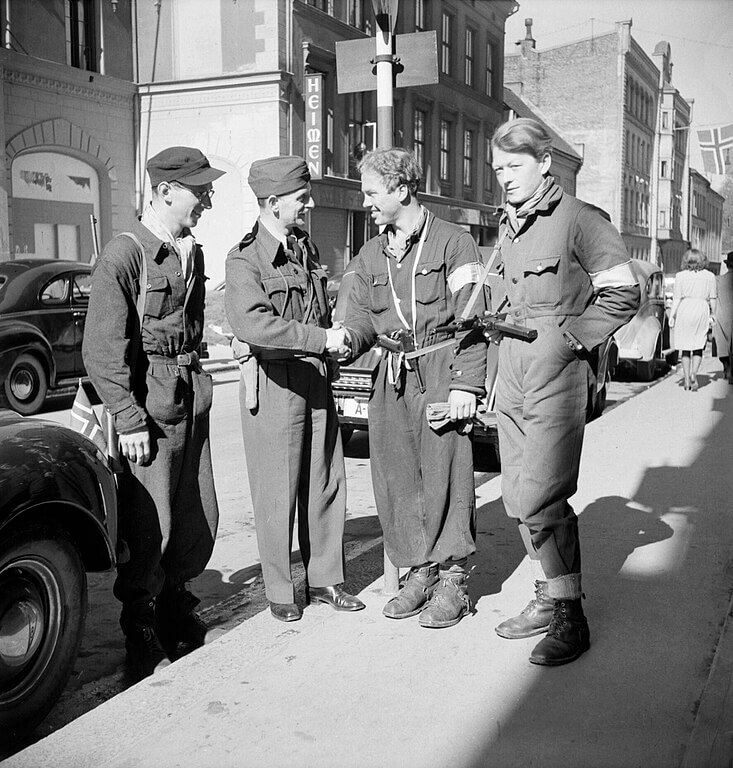
Post-war, the efforts of the Norwegian Resistance were integral in facilitating a smooth transition of power back to the legitimate Norwegian government. The bravery and dedication of the partisans were widely recognized, and their tales of heroism during the dark days of occupation became an integral part of Norway’s national identity and history. The Resistance also played a significant role in post-war trials, ensuring that those who collaborated with the Nazis faced justice.
Historical Challenge: Can You Conquer the Past?
Answer more than 18 questions correctly, and you will win a copy of History Chronicles Magazine Vol 1! Take our interactive history quiz now and put your knowledge to the test!

